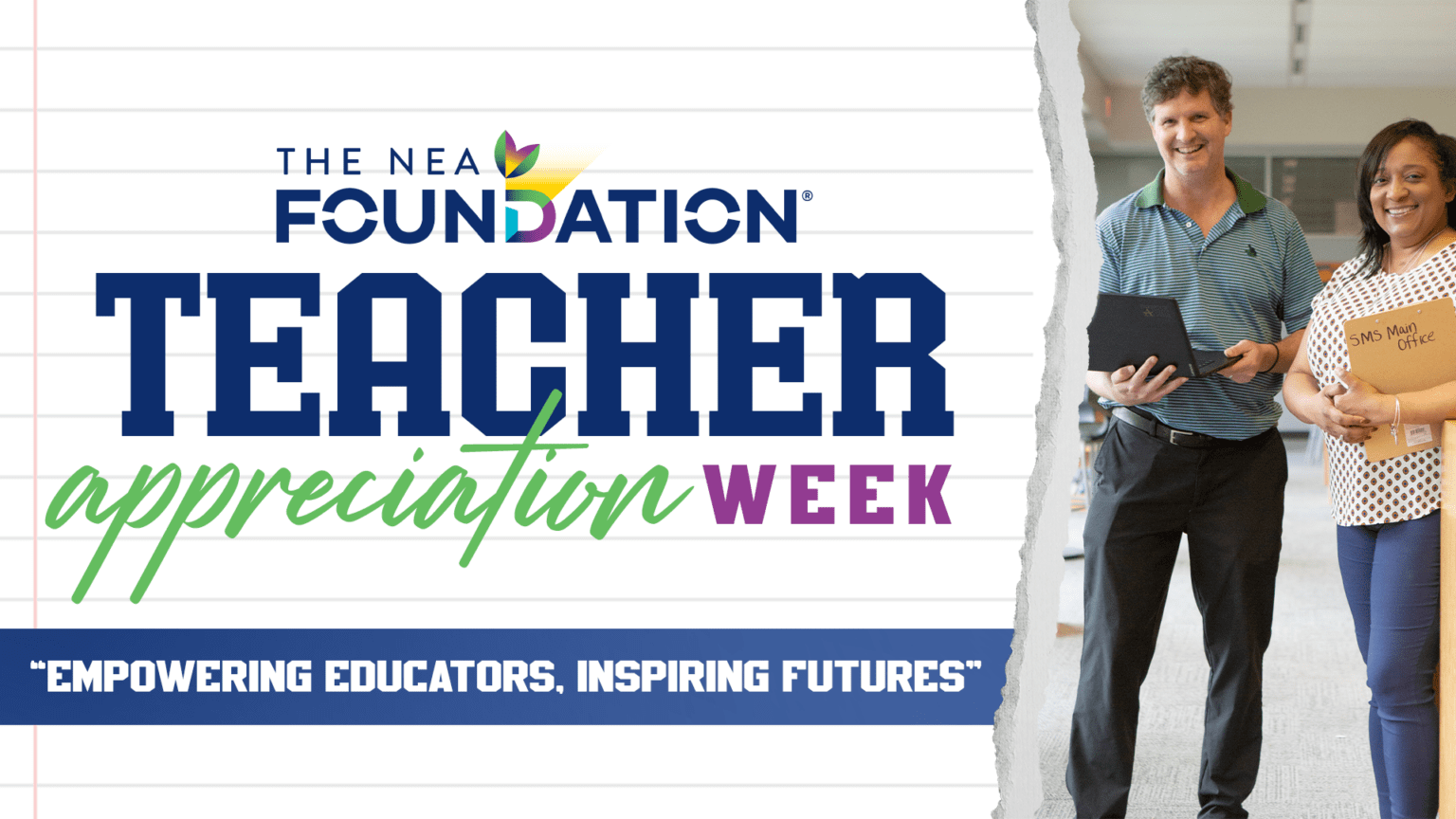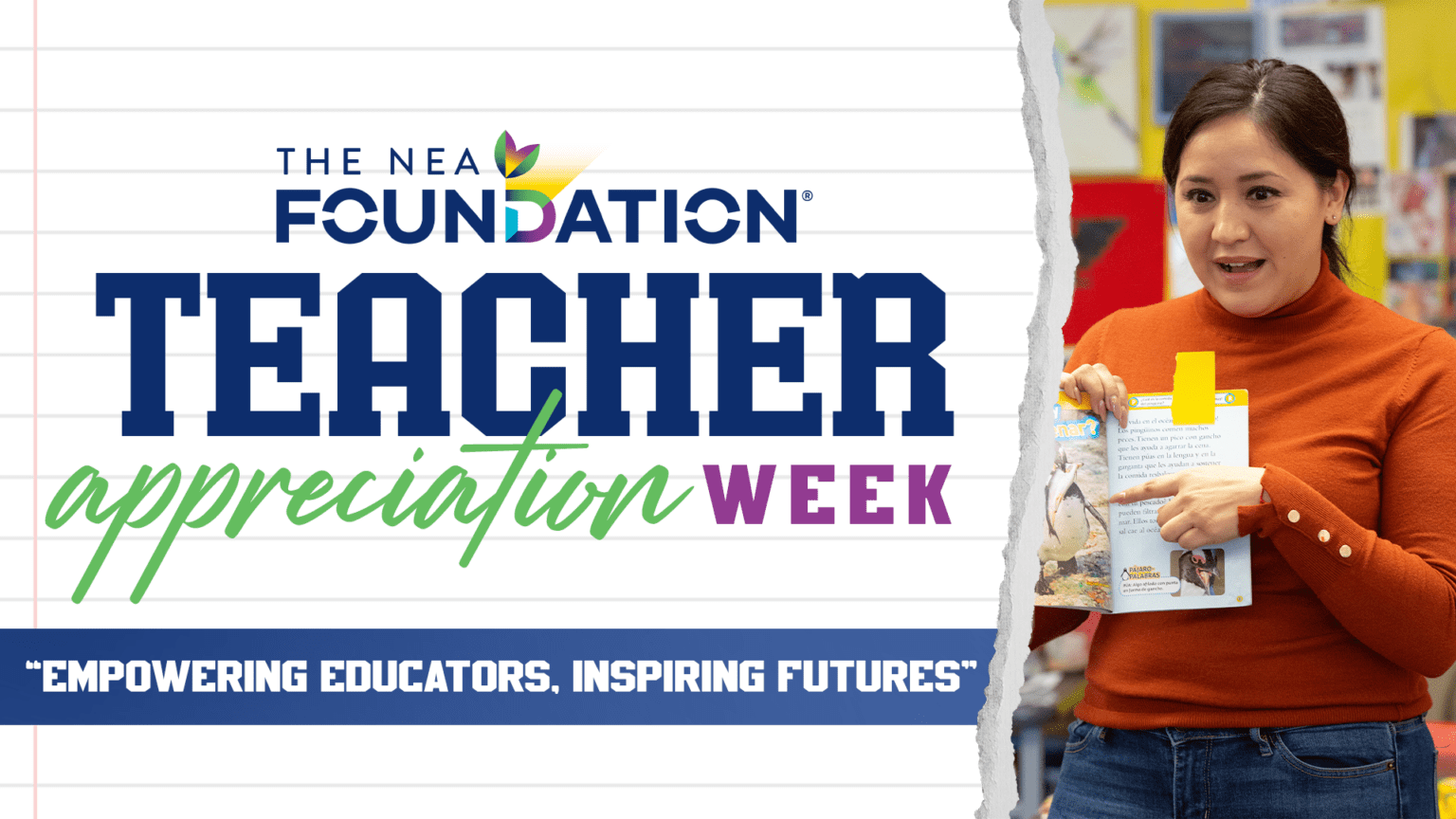By Molly M. Scott
The Urban Institute
Image courtesy of CASA de Maryland
The demography of our schools is changing rapidly. In response, education researchers are putting out more and more nuanced analysis about the intersection of race, income, parental education, English language proficiency, and immigrant status. Unfortunately, policy and practice are having a hard time keeping up.
Take the drop-out crisis, for example. Students of color have long dropped out at higher rates than white students, and this problem is most acute among Latinos, one of the fastest-growing groups in the country.
The dominant policy conversation around solving the drop-out crisis makes several one-size-fits-all assumptions. One is that kids who drop out are mostly “disconnected”—that is, not working and not in school. Another is that drop out is primarily the result of schools failing to engage students. This leads to mostly school-based strategies to improve student achievement, attendance, and behavior.
There are certainly a lot of disconnected youth of color. But while the strategies targeted to this population can certainly do a lot to minimize “push” factors from schools, they may do nothing to address why many students—in particular, a critical mass of Latinos—may feel “pulled” away from school.
Recent Urban Institute research in Langley Park, Maryland, a Central American immigrant enclave outside Washington, DC, found that high school drop-outs in the neighborhood weren’t “disconnected.” They were leaving school early to work at a rate four times the national average.
The trend is most pronounced among first- and second-generation Latino immigrants whose families are notoriously under-served by our federal safety net and struggling to make ends meet. But it’s not exclusive of these groups. A Pew Hispanic research study found that nearly 75 percent of all Latinos stop attending school, either before or after graduating from high school, to help their families economically.
To be effective, solutions to the Latino drop-out problem—particularly in our fast-growing immigrant communities—should couple school-based engagement and achievement strategies with approaches that support not only the student, but their parents and family.
Recently, CASA de Maryland, Prince George’s County Public Schools, and other key partners launched SOMOS Langley Park
, a two-generation initiative designed to do just that. The partners are opening a new full-service community high school with wrap-around services and curriculum tailored to first- and second-generation Latino immigrant students. In addition, the initiative is piloting an education promoter program to connect families to the resources they need to make ends meet, including meaningful education and employment for parents, food, housing, legal assistance, etc.
These kinds of solutions may not make sense everywhere—there are many low-income communities where the issues are very different. The point is that our nation’s diversity is our strength, and to ensure our next generation’s success, we need to make sure our interventions are as diverse as our kids.
Disclaimer: This blog contains the views, opinions, and positions of the author alone and do not represent those of The NEA Foundation. The accuracy, completeness, and validity of any statements made within this blog or information found by following any link in this blog are not guaranteed. We accept no liability for any errors or omissions in this information. The copyright of this content belongs to the author and any liability with regards to infringement of intellectual property rights remains with them. These terms and conditions of use are subject to change at any time.















